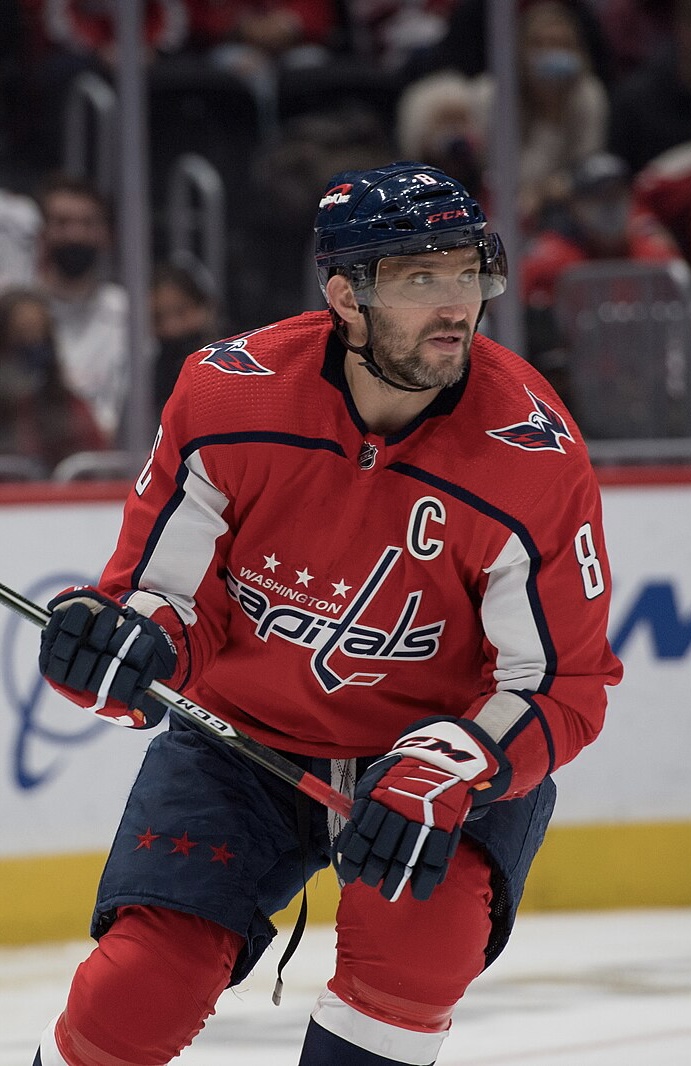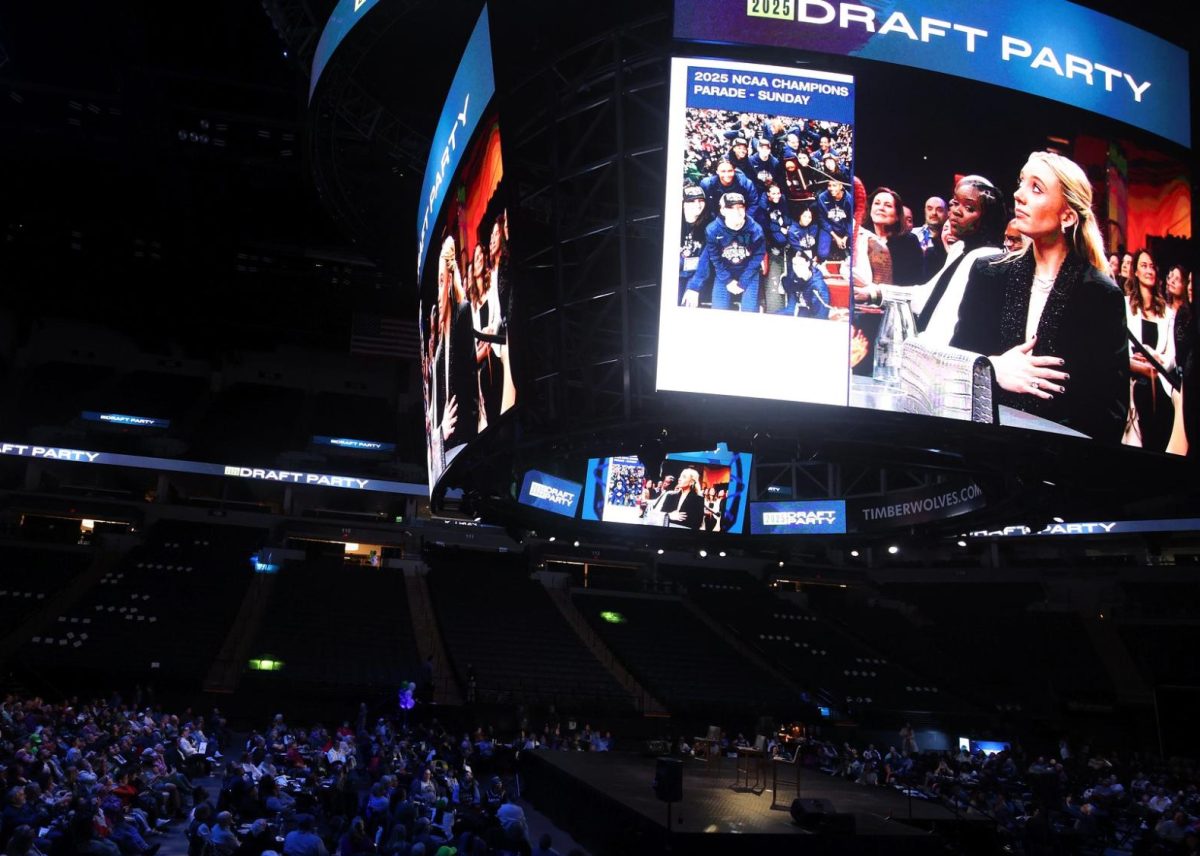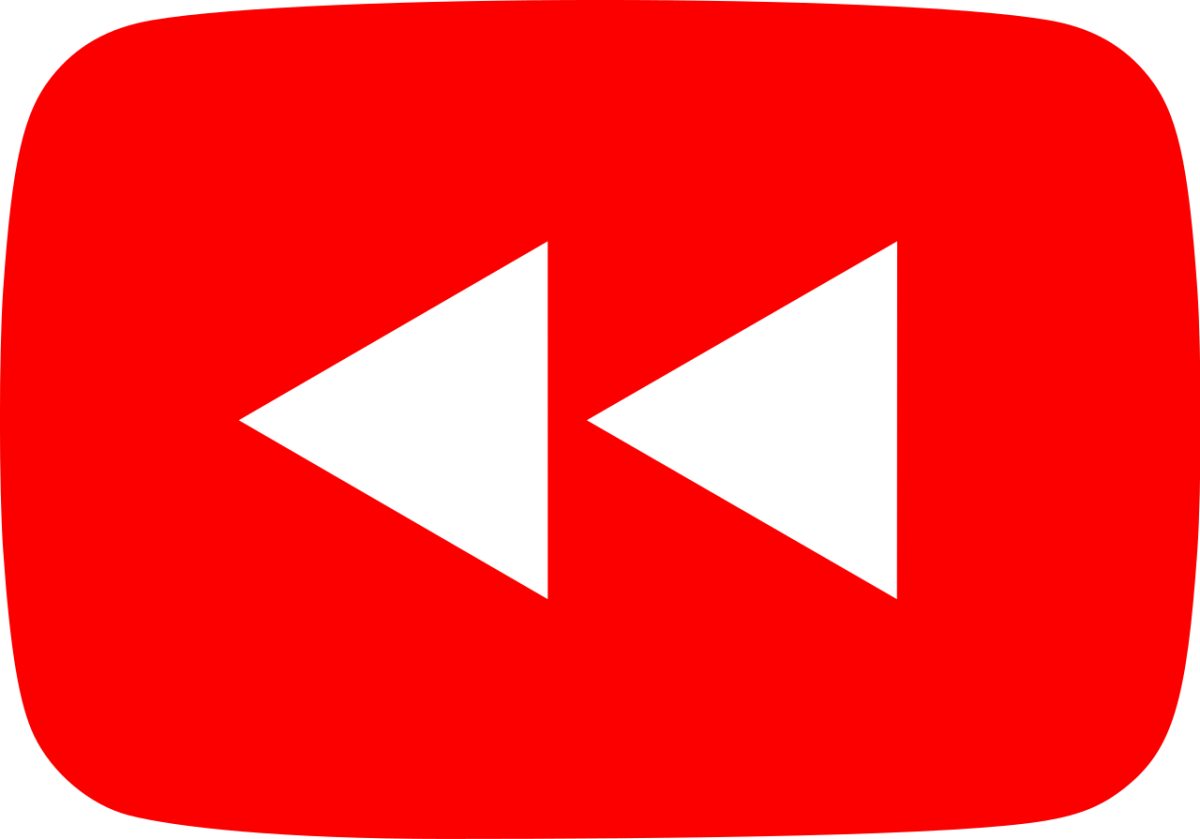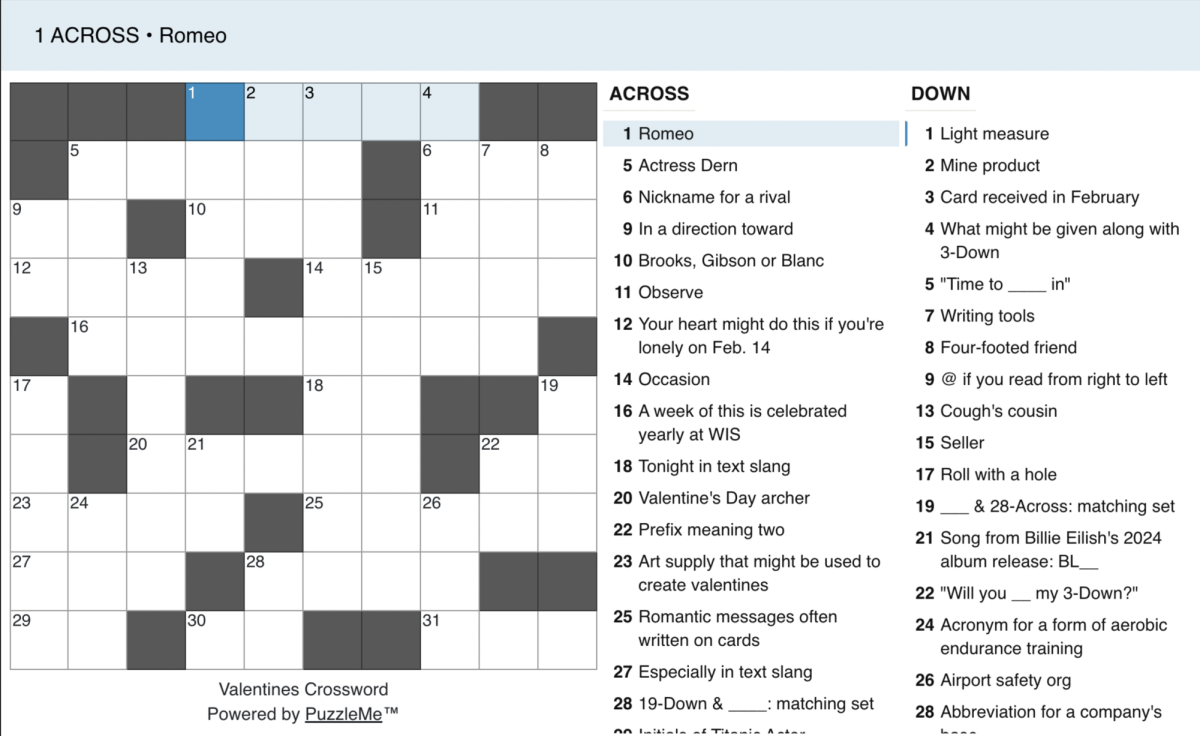With over 1.3 billion users and nearly 300 hours of video uploaded every minute, YouTube, founded in 2005 by three PayPal employees, is now the most dominant player in the online video market.
However, the company, which is now under tech giant Google, is frequently beset by controversy after controversy. A massive advertiser boycott, dubbed the “Adpocalypse,” has left both YouTube and its creators in crisis mode as ad revenue has dropped sharply. The site has also been frequently criticized for failing to protect its mostly underage audience from inappropriate content.
In the latest turn for Youtube, its annual YouTube Rewind for 2018 became the most disliked video on the platform, showing widespread user disapproval with the company. Despite these controversies, the hatred towards YouTube is both misplaced and disproportionate to its actions.
In the spring of 2017, reports of advertisements from organizations like Audi, HSBC, and the British Government appearing on offensive and extremist content on YouTube led to a massive advertiser boycott of the site. Many famous YouTubers described massive drops in revenue as ads were run almost exclusively on “advertiser-friendly” videos throughout the summer.
News commentator Philip DeFranco, for example, lost nearly 80 percent of his monthly earnings during this period. Even Pewdiepie, the most subscribed to channel on the entire website was affected by the boycott, leading to him hosting weekly live streams on Twitch, a popular live streaming site where all revenue comes from fan donations instead of advertisers, to make up for the lost revenue.
In response to the boycott, YouTube added additional settings for advertisers to avoid playing their ads on videos discussing controversial subject matter. YouTube further tightened the rules around monetizing videos after Logan Paul’s “suicide forest” vlog ignited further controversy.
The repercussions of the “Adpocalypse” have continued to this day, as YouTube has continued trying to court advertisers back to the platform. A key example of these attempts is YouTube Rewind 2018. The video was filled with celebrities from film and TV who are far less controversial than many of the most popular YouTube personalities.
Advertisers are still hesitant to use the platform as the company has little control over what its more prominent users say. While YouTube is frequently accused of being responsible for the “Adpocalypse,” this idea isn’t really accurate.
Anyone can make a YouTube account and post to the site, including extremists, and any attempts to further enhance restrictions on who can make accounts will likely be harmful to the company’s finances and violate YouTube’s founding mission to let anyone post videos on their site.
YouTube’s attempts to make advertisers come back have led to claims that YouTube has been abandoning its users in favor of more child-friendly content creators, and less controversial companies. However, the return of advertisers to the site is a far better option for both YouTube and all content creators, ensuring that vital ad revenue will continue to flow to creators.
While the “Adpocalypse” was primarily a reaction to the monetization of extremist content, YouTube has also received plenty of criticism over other forms of content posted on their platform, primarily those marketed towards children.
Many kid-friendly channels, who post videos that are generally less controversial and more likely to be monetized than any other type of YouTube content, have been thriving on the site in the wake of the “Adpocalypse”. However, many of these channels produce content that is far less family-friendly than they appear.
From Logan Paul’s filming of a suicide victim for his mostly pre-teen fanbase to the infamous “Elsagate” scandal, in which videos with offensive, disgusting, and inappropriate content for children featuring famous copyrighted characters from kids movies and TV, most frequently Elsa from the Disney movie Frozen and Marvel’s Spiderman, YouTube videos directed at children have sometimes contained inappropriate or offensive content, something rarely seen in children’s media from Hollywood or the video games industry.
While media reports surrounding both incidents led YouTube to sanction Paul’s channel and delete channels that posted “Elsagate” content en masse, YouTube has been frequently criticized for not doing enough to prevent children viewing these kinds of content.
However, the blame behind these forms of videos being published lies more with the creator of the content than the platform and despite YouTube’s best efforts, those with a solid enough comprehension of how it works can easily take advantage of the platform for their own ends. While YouTube’s AI software for content moderation continues to improve, loopholes and exploits will continue to appear given the almost impossible task of analyzing the billions of videos being uploaded on the site everyday.
Another final area where YouTube has almost always received criticism is in its application of copyright law. In the early days of YouTube, content that directly violated copyright law was frequently found on the fledgling startup.
After its purchase by Google in 2006, the lack of enforcement of copyright law continued. In 2008, Viacom, one of the largest US film and TV conglomerates, filed a $1 billion lawsuit against YouTube for the copyright-infringing material that was posted to the website. In response, YouTube created Content ID software which would match content to a database of copyrighted video and music to identify if a user had used copyrighted material.
While the case was settled out of court after a technical loophole led to a ruling favorable to YouTube, the Content ID system remained. Despite this, the Content ID software does not exempt videos which are considered “fair use”, leading to anger in the YouTube community.
All three of these issues are driven by YouTube’s use of AI and automation to monitor content on the platform. Three hundred hours of video are uploaded to YouTube every minute. To ensure that all these videos abide by the terms of service and do not violate copyright law or anger advertisers, YouTube employs automated systems and AI throughout its website.
While this automation is integral to YouTube’s success, it is also the site’s greatest weakness. False positives and negatives are common, resulting in unfair demonetization, the exploitation of YouTube by extremist groups as a means to reach a greater audience, and the creation of inappropriate content to be marketed to children.
While improvements to these systems are continuing into the future, the use of human monitors to assist the AI will certainly ensure these systems become more accurate. Search algorithms, on the other hand, are integral to the structure of the site.
While the algorithms are completely hidden from users, they do appear to have substantial impacts on viewership and changes to the algorithm have frequently resulted in large-scale changes to the site’s landscape as once growing channels begin to lose subscribers and viewers.
While the automation of YouTube’s infrastructure has led to controversy and anger, it is still fundamental to YouTube’s success in maintaining its growth and the YouTube of today would likely not exist without the systems that form the backbone of its maintenance capabilities.
Despite the frequent controversy that surrounds the website, YouTube is not fully deserving of all the criticism it receives. Given the massive amount of content produced for the website, the efficiency of YouTube’s automated systems to root out copyright infringement and extremist material is incredible.
However, as the platform grows further and becomes a greater part of the average media diet, a greater understanding of the controversies surrounding the website can help promote change and improvements to YouTube as it becomes a driving force in entertainment, politics, sports, etc.
In 2005, a small video-sharing startup was born in a garage in San Mateo, CA. Today, the online video giant it has become has become more influential than ever, especially for young children. By ensuring that YouTube further develops its infrastructure to protect copyright holders, underage users and content creators, a new generation of entertainment can change the world. Its focus: You.
By Nicolas Greamo


































































